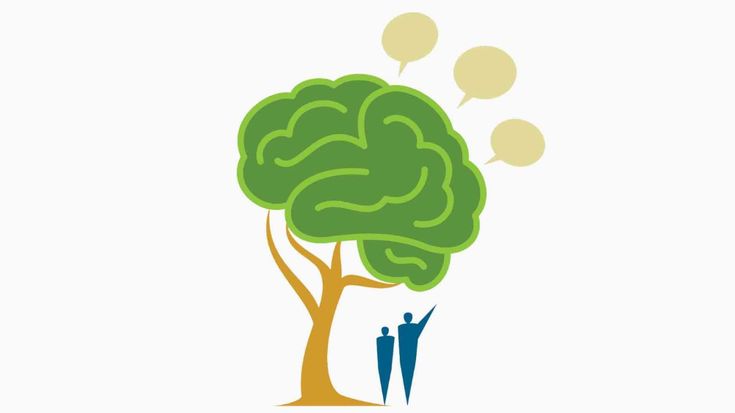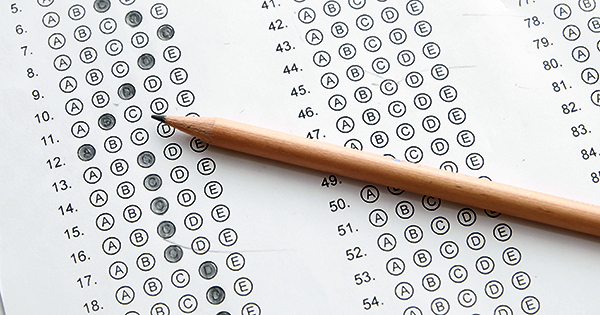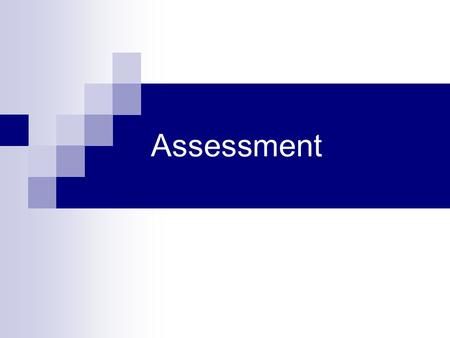Introduction
The assessment revolution is an educational movement that aims to transform the way we evaluate learning. It emphasizes the need for a more holistic, dynamic, and personalized approach to assessment, recognizing that traditional standardized testing methods are not always the best measure of a student’s abilities or progress. This revolution is driven by emerging technologies, evolving educational philosophies, and a growing body of research supporting the need for change.
Factors Contributing to the Assessment Revolution
1.The limitations of conventional assessment methods
Traditional assessment methods, such as standardized tests and exams, have been criticized for prioritizing memorization and test-taking skills over actual understanding and application of knowledge. These methods often fail to account for diverse learning styles, cultural contexts, and individual strengths and weaknesses.
2.Technological advancements
Technology plays a significant role in the assessment revolution. Innovations in data analytics and artificial intelligence are making it possible to develop new tools that offer real-time feedback on student performance, adapt assessments to individual learning needs, and provide personalized learning pathways outside the classroom.
3.Changes in educational philosophies
Many educators and scholars are embracing alternative approaches that prioritize student-centered learning, collaboration, critical thinking, creativity, and problem-solving skills. This has led to a growing interest in continuous formative assessments aimed at guiding learning experiences rather than just measuring outcomes.
4.Support from research
Numerous studies support the notion that students perform better when given frequent feedback on their progress rather than relying solely on large-scale assessments at the end of a course or school year. Researchers have also found that more comprehensive evaluation methods can better predict future success than standardized tests.
Key Features of the Assessment Revolution
1.Personalized assessments
One of the key aspects of this revolution is an increased focus on personalized assessments that consider students’ individual learning styles, strengths, weaknesses, and interests. This promotes fairness by accommodating different learners without relying on a “one-size-fits-all” approach.
2.Continuous formative assessments
The assessment revolution emphasizes the importance of continuous formative assessments, which provide students with the ongoing feedback necessary to learn from their mistakes, make adjustments to their approach, and develop lifelong learning strategies.
3.Integration of technology
Assessment solutions integrated with technology allow educators to collect and analyze learning data in real-time, providing valuable insights into teaching strategies and tailoring assessments for individual students.
4.Collaboration and peer assessment
Another vital element of the assessment revolution is an increased focus on collaboration and peer assessment, which encourages students to learn from each other’s strengths and weaknesses while also developing critical thinking, communication, and teamwork skills.
Conclusion
The assessment revolution has the potential to dramatically improve educational outcomes by empowering both students and educators with more tailored, relevant, and effective evaluation tools. By embracing this new paradigm, we are taking crucial steps toward shaping a future where assessment practices truly support diverse learners’ needs and promote lifelong learning.











